Is there another executioner lurking ready to destroy photography? Could it be generative artificial intelligence? Pictures that appear to be real but are actually fake can be seen everywhere on social media, suggesting that there are plenty of people who are happy to deliver the coup de grâce that will finally destroy professional photography. Could a prompt replace Eugene Richards? With great respect, perhaps naivety, but also determination, we do not believe this can come about. Photography did not have to wait for the advent of AI image generators to be confronted with threats, upheavals, manipulation and faking. There has been digital photography and editing tools, not to mention the disappearance of photo agencies holding their own archives, and the rise of stock agencies operating on a subscription basis (and they, in turn, are now under threat from generative AI); there is the proliferation of outlets and users and, with smartphones, pictures are not valued as they once were. Yet photojournalism is still around. Why? Because there is the ambition to see the world, the real world, and that is why we get together here in Perpignan.
There is a genuine need and desire for real stories, with people behind them. News stories that have been checked and validated as authentic are needed even more than in the past. With the glut of potentially fake content, proper reporting is of greater importance, but is also much more challenging.
There have been calls for a moratorium on the development of generative AI systems, but that seems like wishful thinking, and is no doubt a dubious option given the significant progress that could be achieved through AI in other areas. But maybe we, the media, are the ones who have to slow down after two decades of non-stop acceleration.
Clear evidence for this can be seen in recent history, e.g. the disappearance of pure players operating free of charge, and the boom in digital subscriptions to recognized established media that still devote substantial resources to news reporting in the field. Given this new paradigm, media literacy awareness and education will be critical. This is the approach we have been advocating and following for the past thirty-five years with a program open to the general public and school groups free of charge, featuring the contributions of photojournalists from around the world presenting their work here with us.
Jean-François Leroy, April 25, 2023
Selected Program
Ian Berry/Magnum Photos: Water
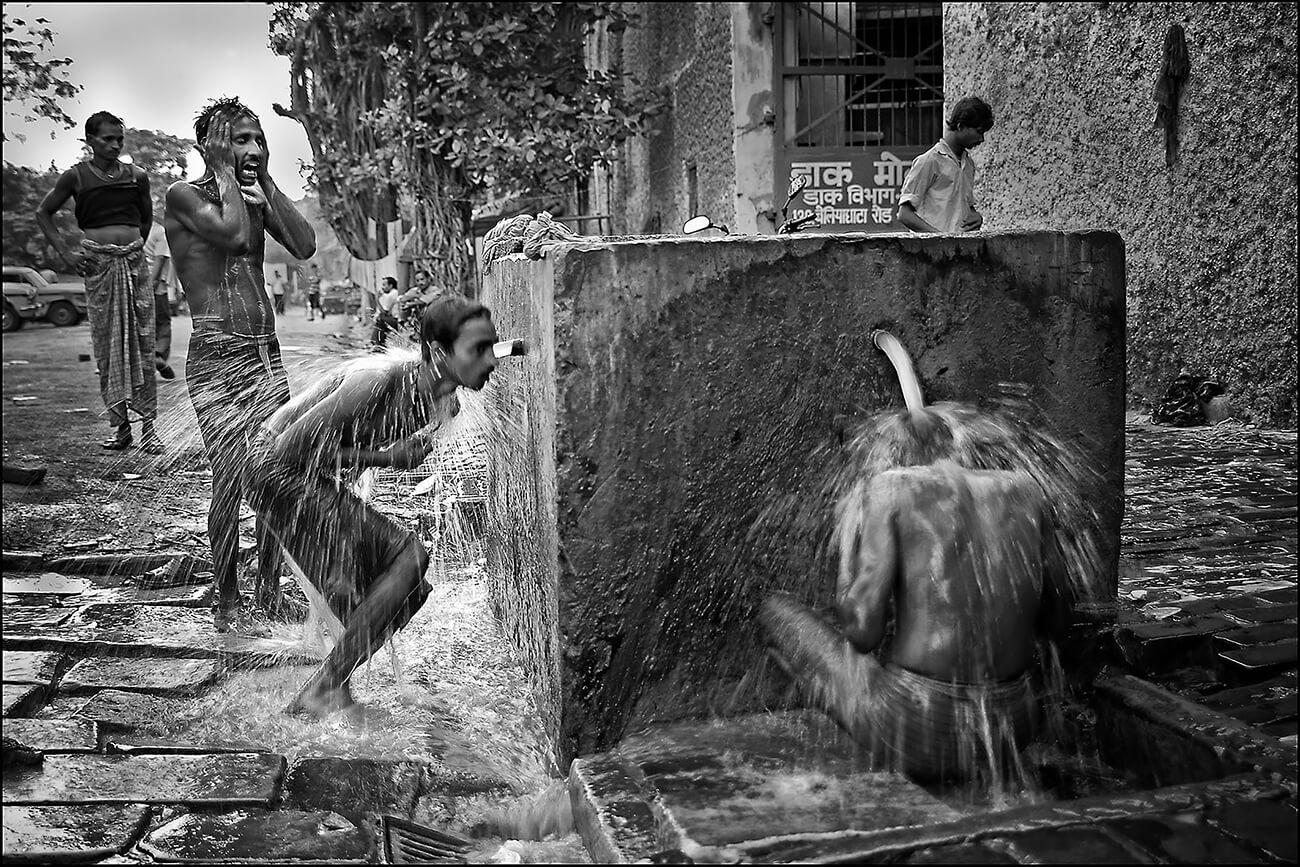
India, Kolkata. People are often seen washing in the street as there is no running water in homes just a short distance from the city center. © Ian Berry / Magnum Photos
Ian Berry's latest book is the result of years working on water
and the role of water in climate change. Water was recently
published by GOST Books, and the photographs in the
exhibition are selected from it. The initial idea was to report on
the importance of water in religious ceremonies, but climate
events soon overtook the photographer who realized that the
main topic was water itself. The project involved extensive
travel, investigating human interference in the course and
flow of many major rivers, e.g. through dams, irrigation and
pollution, and adverse effects on local communities.
All about Ian Berry
www.ianberrymagnum.com
Giles Clarke for UNOCHA and The New York Times: Without water, we dieSomalia, on the frontline of the global climate crisis
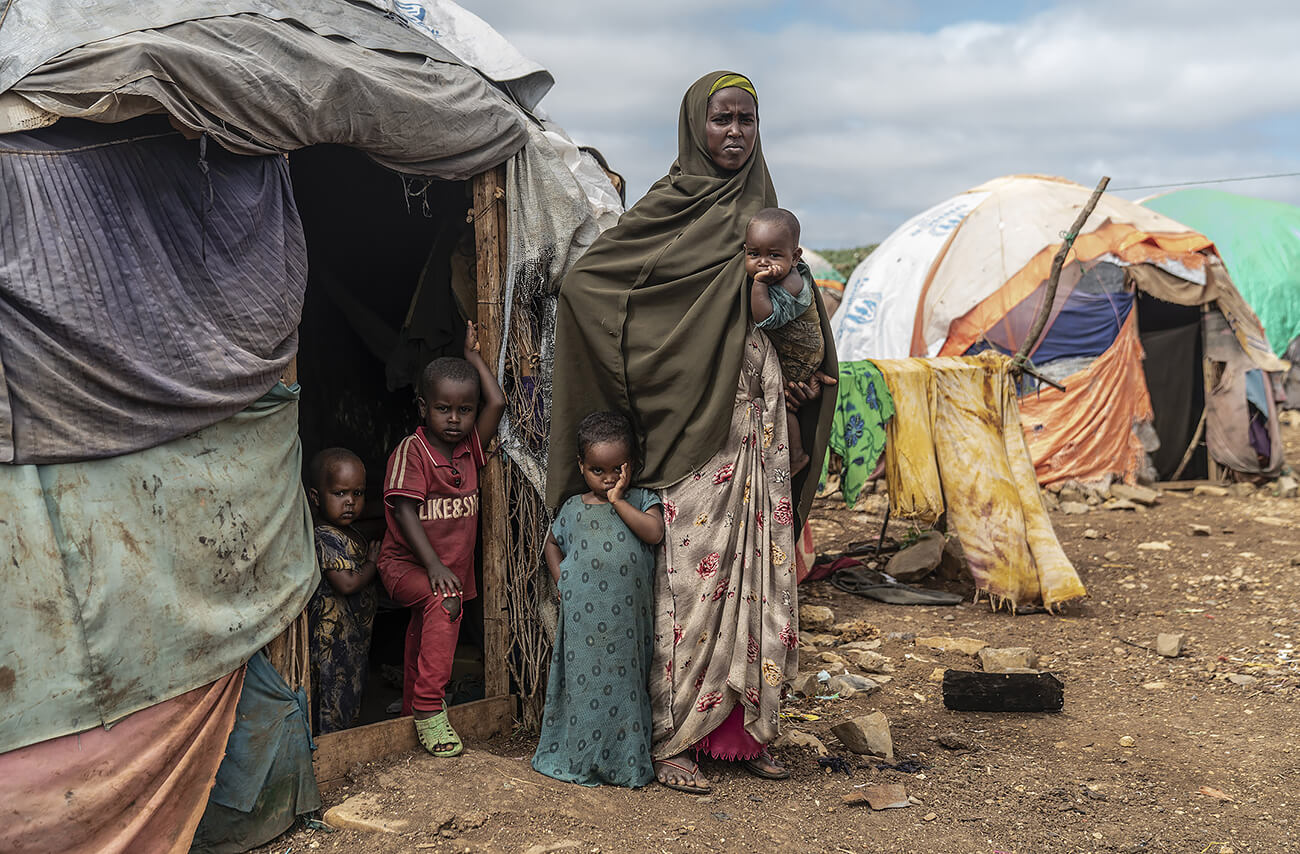
The family had to leave their village in central Somalia after their livestock perished in the drought, and have recently arrived at the Internally Displaced Persons settlement in Baidoa. © Giles Clarke for UNOCHA
In Somalia, five consecutive failed rainy seasons have caused a historic
drought, triggering a devastating food crisis, mass displacement and the
death of livestock. In 2022 alone, extreme drought conditions together with
violence by militants forced more than 1.4 million people to flee villages in
central Somalia and settle in sprawling IDP camps.
All about Giles Clarke
www.gilesnclarke.com
Emily Garthwaite/Institute: Dijlah: A Journey down the Tigris River
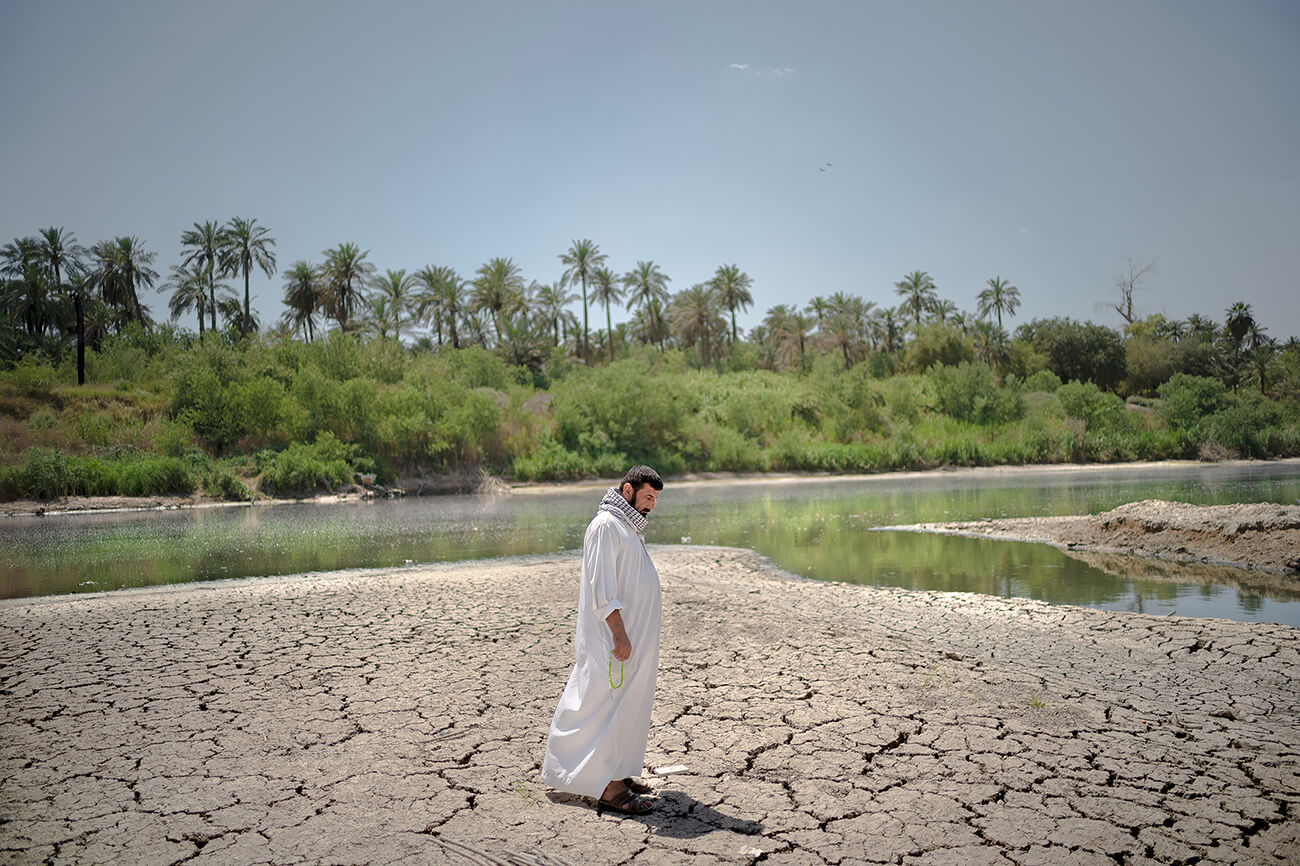
A livestock farmer gazing at the dried earth by the Diyala River. Over recent years the water here has become stagnant and toxic, and is not even fit for animal consumption. © Emily Garthwaite / Institute
It was only in 2019 that Emily Garthwaite first saw the
Tigris (Dijlah in Arabic), the river crossing the cradle
of civilizations. She traveled along it by boat through
Turkey, Syria and Iraq. The Tigris has bound Iraq
together, embracing the photographer’s experience
of the country, and life on the land. Here is a story
of Iraq, spanning civilizations from ancient times to
the present day, as seen from the perspective of the
Tigris River.
www.emilygarthwaite.com
Tyler Hicks/The New York Times: Bakhmut - A City at War
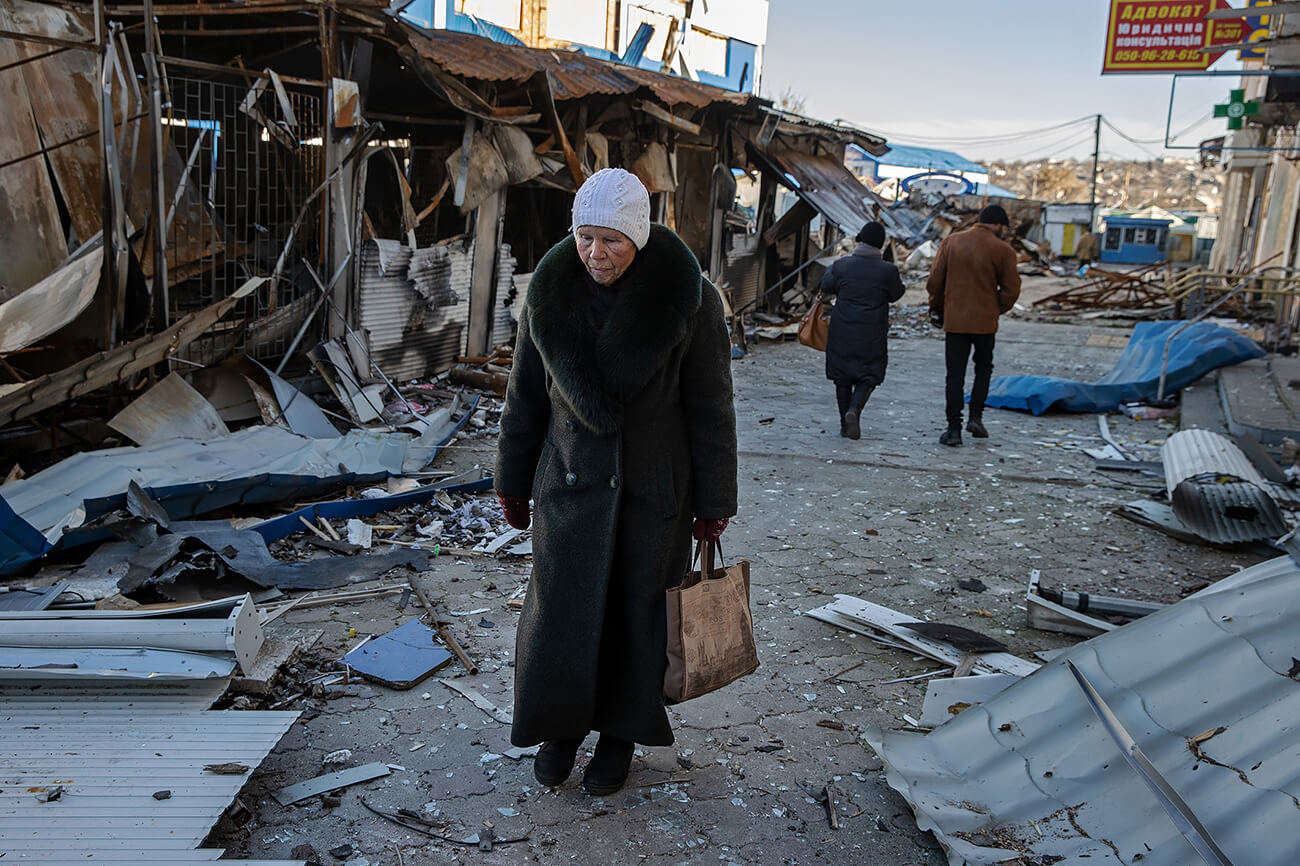
Very few residents ventured out of shelters and basements onto the exposed streets as Russian forces continued to strike the city. Bakhmut, Ukraine, December 6, 2022. © Tyler Hicks / The New York Times
The annihilation of Bakhmut did not happen in one offensive. The
transformation of the once peaceful Ukrainian city into a grim tableau of
destruction and death occurred over months of fierce fighting. Ukrainian
forces in muddy trenches faced waves of Russian soldiers amid a swirl
of bullets, bombs and attack drones, plus heavy artillery barrages, aerial
bombardment and snipers.
Tyler Hicks, for
The New York Times, spent much of the war in the Donbas
region, and realized that Bakhmut was taking on a significance that far
outweighed its strategic military value. The city is now emblematic of the
toll of Russia’s unprovoked invasion of Ukraine
www.nytimes.com/by/tyler-hicks
Ebrahim Noroozi/Associated Press: The World’s Saddest Country and the Worst Country for Women
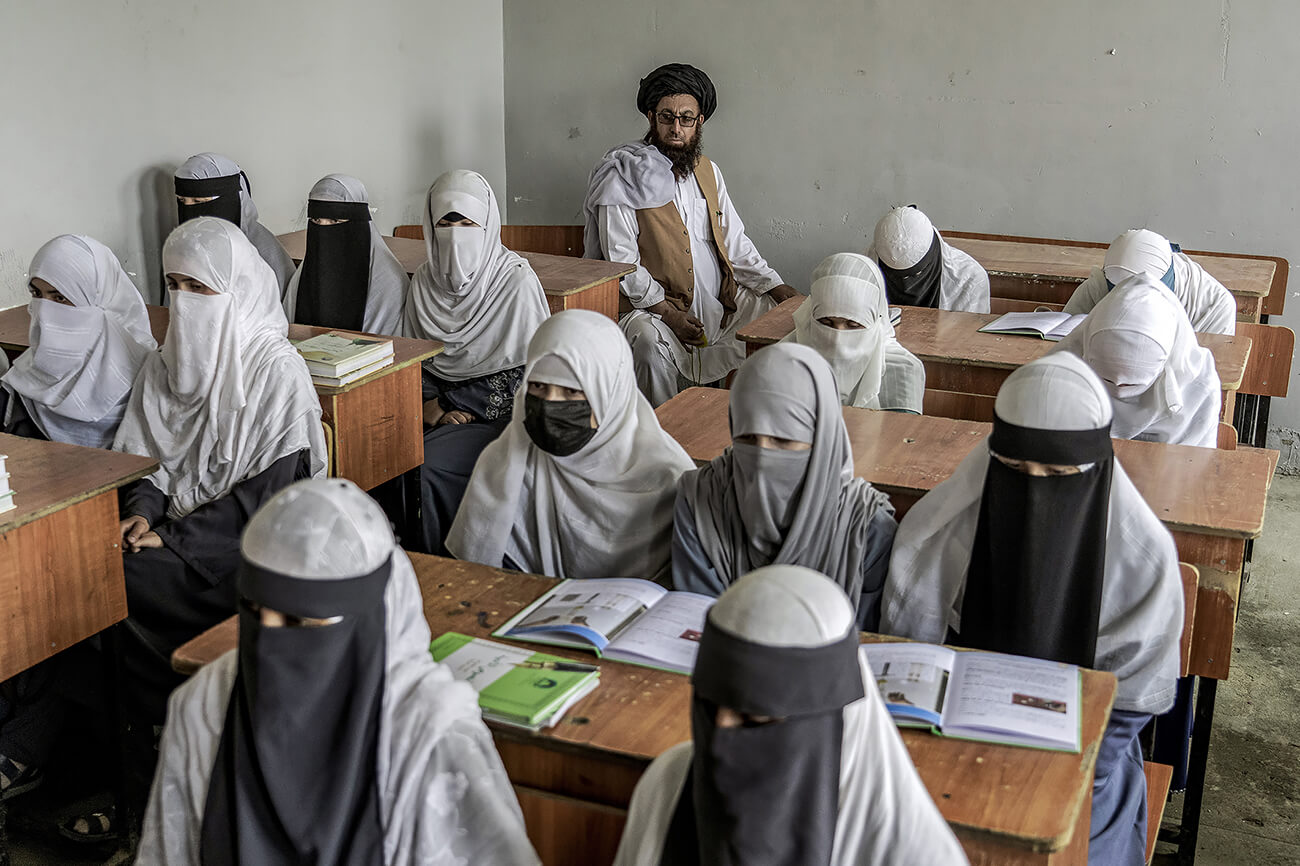
Girls at a religious school which remained open after the Taliban takeover. Kabul, Afghanistan, August 11, 2022. © Ebrahim Noroozi / Associated Press
Ebrahim Noroozi has spent more than a year covering Afghanistan. Since the
Taliban returned to power in 2021, living conditions have deteriorated, triggering
an unparalleled humanitarian crisis. The photo essay is a documentary record
showing the country’s economy in ruins, leaving the Afghan people deep in
despair with little hope of prospects for the future.
Malnutrition has reached a record high, and according to United Nations
estimates some 20 million Afghans, approximately half the population, are
facing acute hunger. Child labor was already prevalent and is increasing, and
women are now virtually invisible in Afghan society.
apimagesblog.com/blog/tag/Ebrahim+Noroozi
Darcy Padilla/Agence VU: California Dreamin
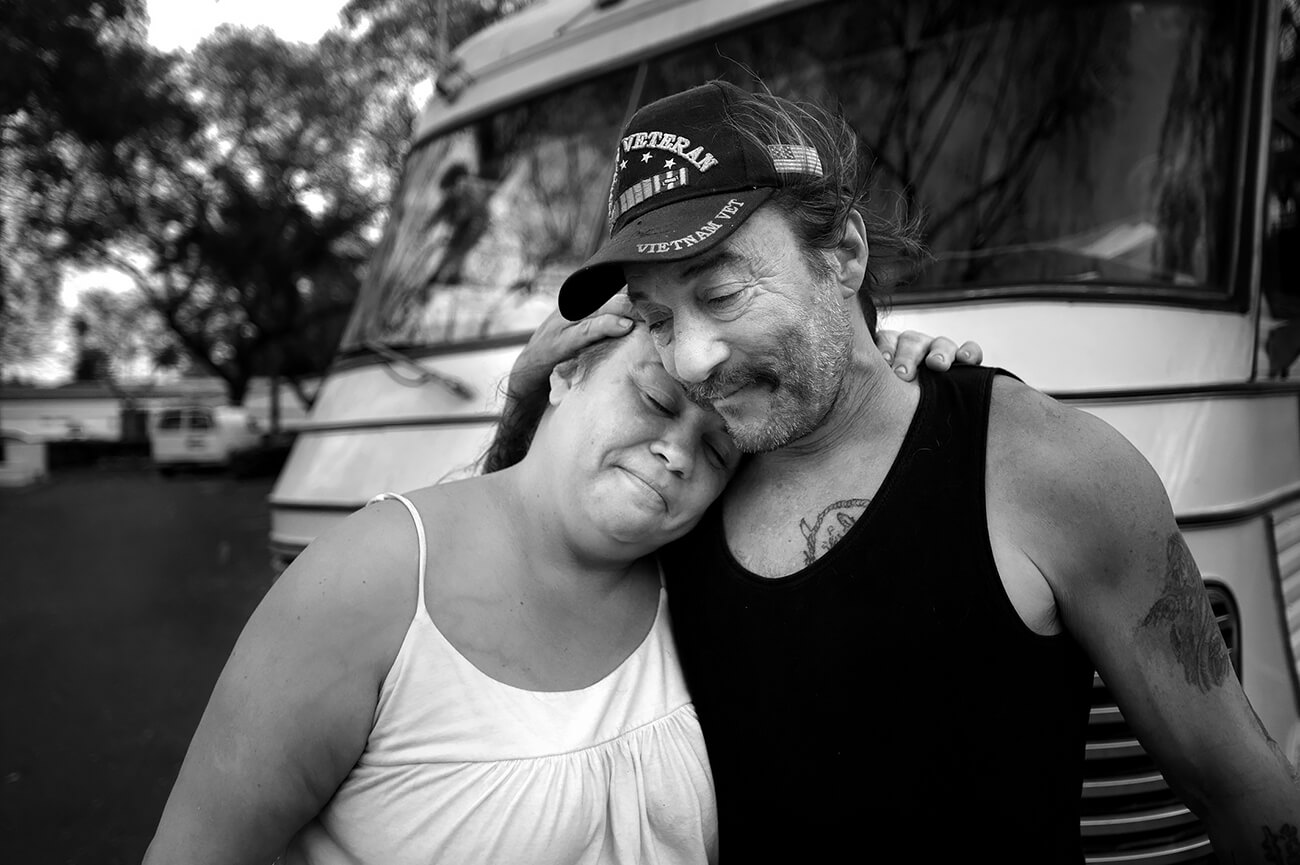
Santa Barbara. A Marine veteran and his girlfriend next to their recreational vehicle in a parking lot covered by a Safe Parking Program used by people living in vehicles. The state of California has the fifth largest economy in the world, and one of the worst poverty rates. © Darcy Padilla / Agence VU’
A long-term project on homelessness in California
documents people on the wrong side of the profound social
and economic divide. In 2022, half of all homeless people
in the United States were in California where, according to
estimates, more than 115,000 are sleeping on the streets, in
parks, vehicles, and abandoned buildings. For more than a
decade now, California has been the state with the largest
homeless population in the United States.
www.darcypadilla.com
Natalya Saprunova /Zeppelin: The Evenki People, custodians of the resources of Yakutia

Edouard is Evenki and claims to have the powers of a shaman. Here, in Oymyakon, he is calling on spirits to provide protection from the cold, in particular from the Yakutia anticyclones that affect temperatures worldwide. © Natalya Saprunova / Zeppelin Winner of the 2022 Canon Female Photojournalist Grant
Many valuable resources are to be found in northern Russia, for
example gold and diamonds, plus the wealth of cultural heritage of the
indigenous Evenki people on their land in Yakutia where they endeavor
to carry on their traditional lifestyle in the face of industrial-scale mining.
The Evenki are traditional reindeer herders, but they were the people
who, in the then Soviet Union, helped prospectors find deposits and
sites that led to the development of the mining industry there. Today,
massive swaths of the boreal forest have been destroyed, river beds
have been devastated, and water tables polluted.
All about Natalya Saprunova
natalyasaprunova.myportfolio.com








